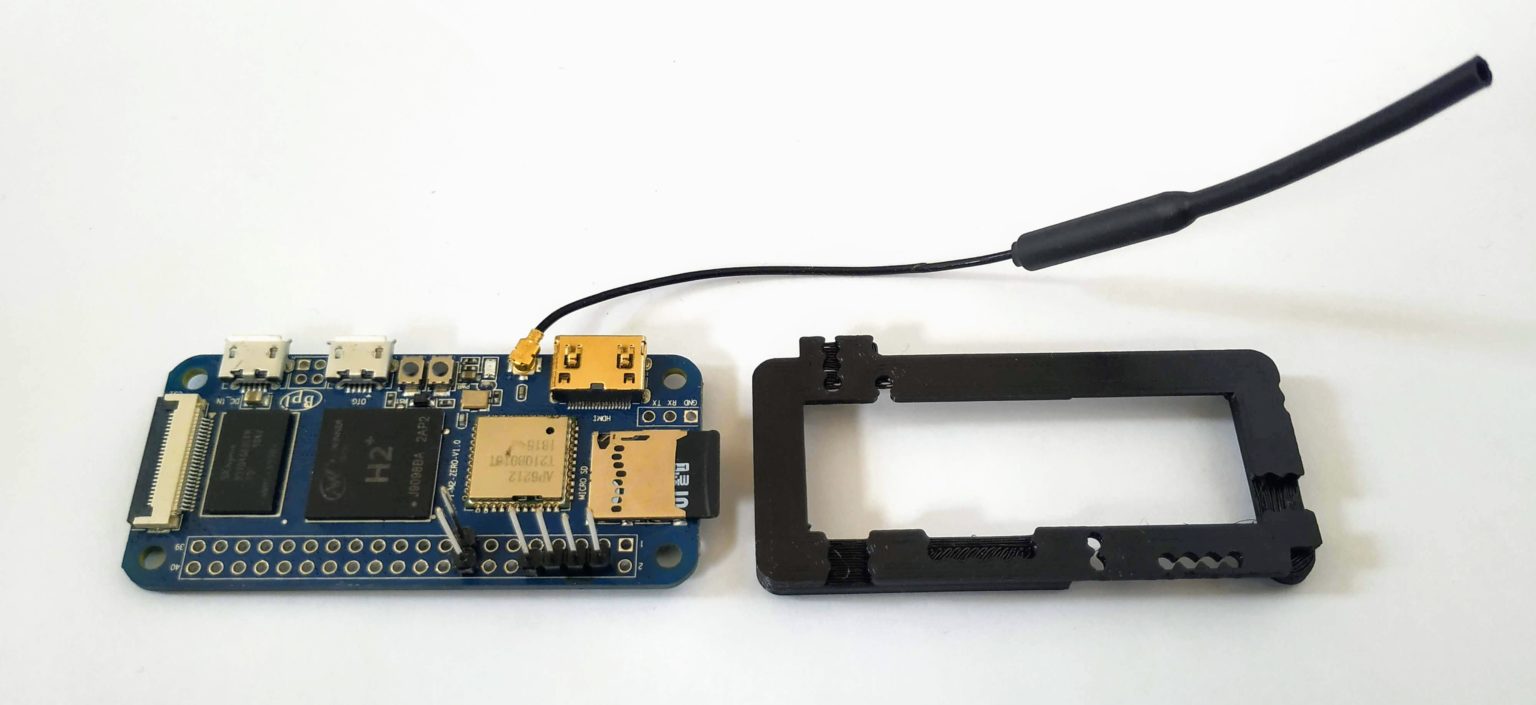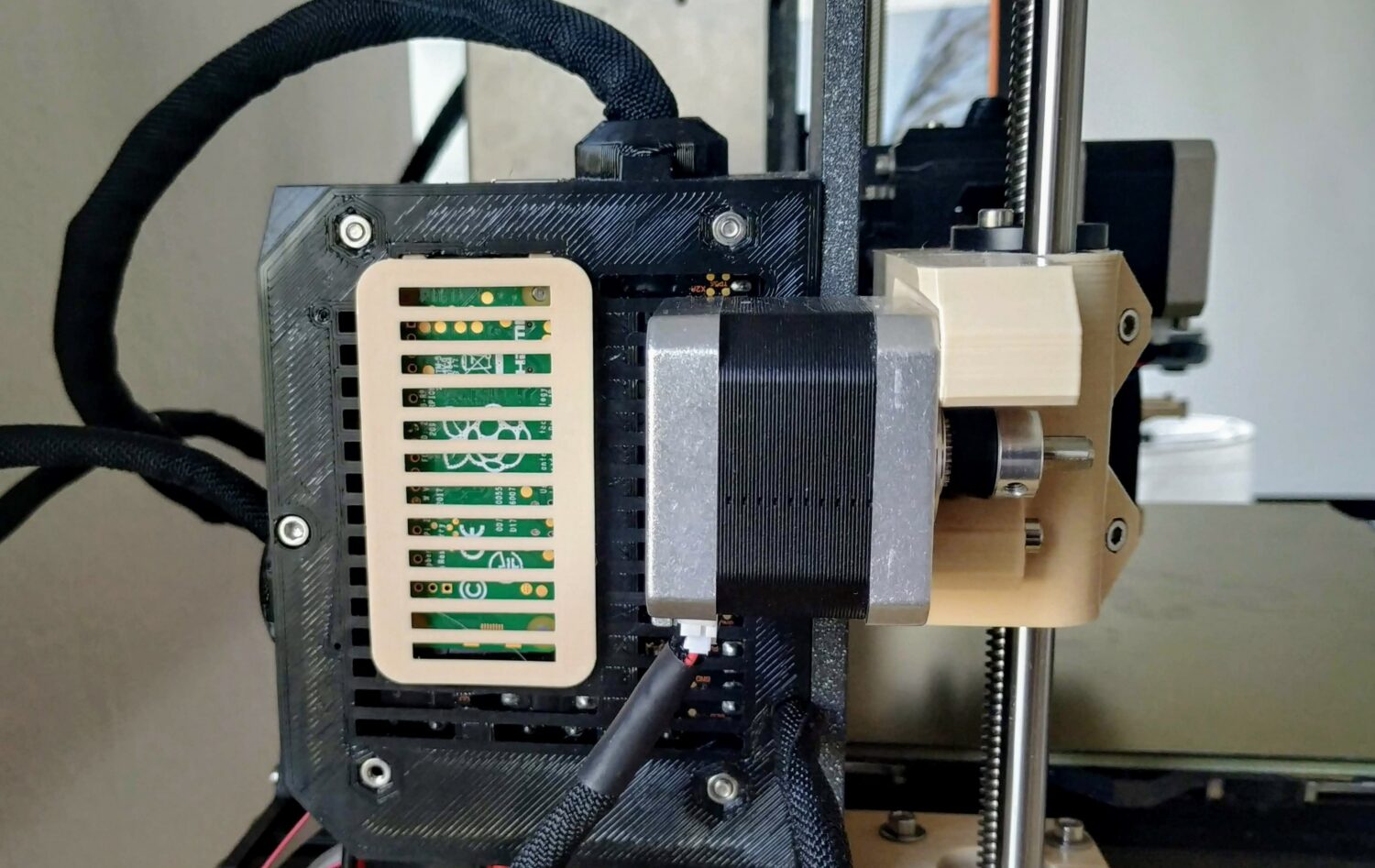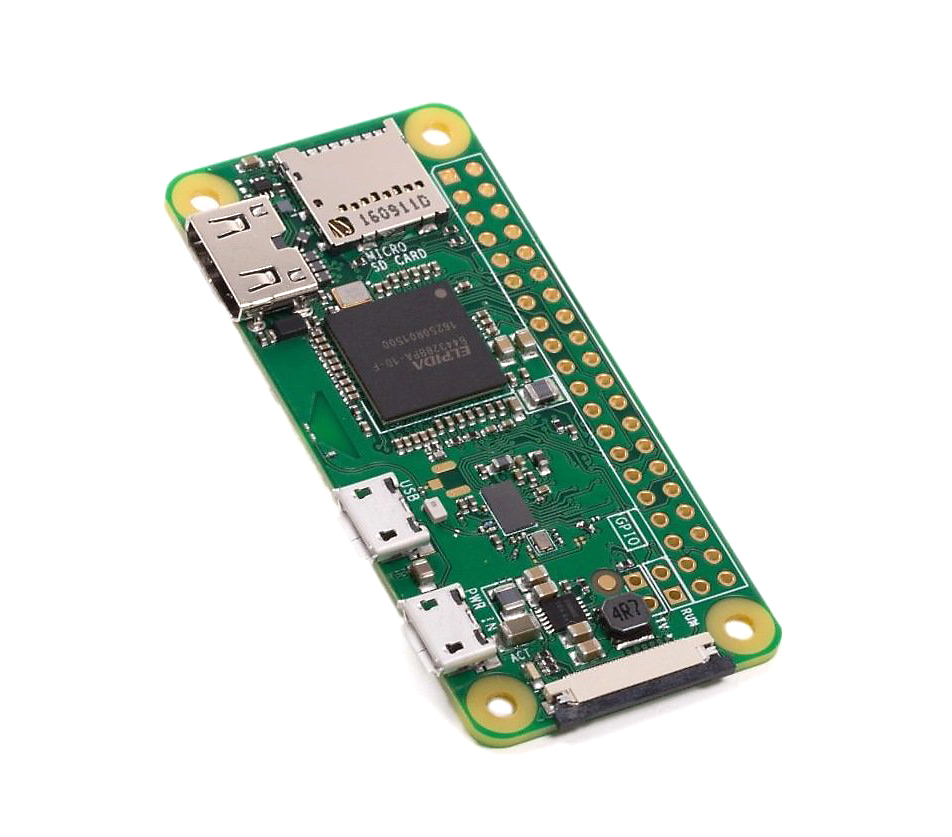
Refer to OctoPi documentation and online tutorials on how to tune your camera. Other cameras might require addtional software installation or configuration steps. Any USB camera/webcams supported by debian in your single board computers and by MJPG-Streamer would work. Camera configurationĪs derivative distribution of OctoPi Octocitrico support camera operation out of the box using the same configuration files of OctPi. It's recommended but not mandatory to change user passwords and disable root access via SSH.

Any initial network access requires ethernet connection if available on the board or configuring wifi access using a keyboard and monitor.

Conecting a keyboard and screen (if the board supports it)Īrmbian do not activate WiFi by default.Console on board's serial interface with a USB-TTL.Console on Usb OTG (if the board supports it).If your computer is able to resolve mDns (macos or linux avahi) the name of the board is preconfigured as citrico-.local.Īfter boot you can access to octroprint server: Once booted octoprint will be available to use. Plug the SD card on the board and apply power.įirst boot tipically require a few minutes.Burn the image in a SD card (>8GB recommended) using usbimager, Etcher, Win32DiskImager, dd or the image burner of your choice.Download & extract disk image (*.7z) from releases.SMB shares to remote edit configuration files from a remote PC.MPGStreamer USB camera support (experimental).

Marlin 1.1.x & Marlin 2.x.x firmware (bugfix versions).PlatformIo core for building 3D printer firmware.Enabled i2c-dev, spidev, uart (if available on the board).USB OTG console access (if available in the board).Avahi service: Bonjur addvertisement (this enable to acces with host-name.local via ssh or http/s).



 0 kommentar(er)
0 kommentar(er)
